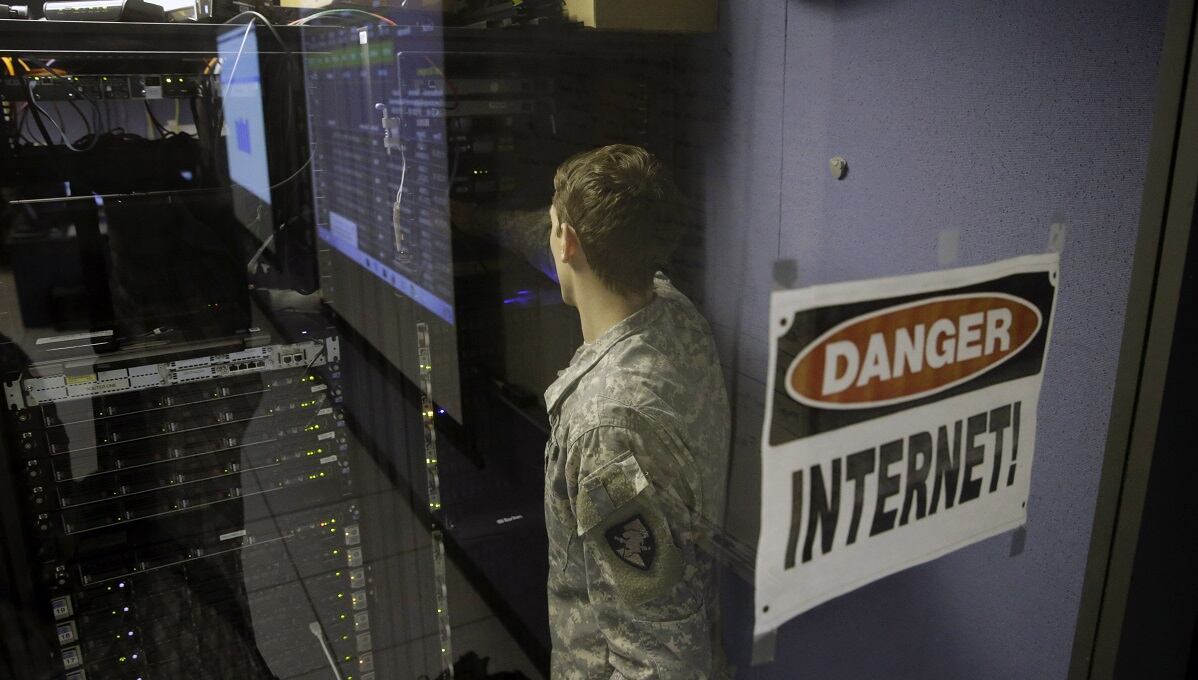Government has a problem: a majority of the workforce is closer to retirement age than to the beginnings of their careers, and agencies need to figure out how to attract young talent to replace those that will leave the workforce.
According to the Department of Defense Chief Information Officer Dana Deasy, government needs to work on its intersections with students and potential workers so that they see government as a potential option for them in their careers.
“Imagine today if every young engineer, computer scientist, whatever the degree is ... imagine if they thought government’s an option for them. Imagine the senior person who has been in industry for a number of years and they say there’s one last role I’d love to do before retiring and that role would be government,” said Deasy, speaking Oct. 15 at the ACT-IAC Imagine Nation ELC 2018 conference.
“Probably that’s hard to imagine today, to think about every young kid putting government up as a consideration, the person in their career for some time now taking a change with their career path into government, or somebody who’s purposefully designed their career to make sure at some point they can step into a government role.”
RELATED

One of the main drivers to encourage young people to enter into either government or military service, according to Deasy, is whether they had family members who participated in or had careers that worked alongside that service.
But those numbers are decreasing.
“The baby boomers are retiring, jobs are not getting replaced fast enough and, bringing it closer to home, less than one percent of Americans serve in the military today. That’s down since World War II. Only 15 percent of young adults have had a parent that’s served. The number has decreased since 1995 when 40 percent of young adults had a parent that served,” said Deasy.
“If you’re from another agency, you can look into your own backyard and I would probably argue that you’d have some very common trends.”
Deasy said that his own career had many instances in which the option to move into government could have been presented, and yet it wasn’t. In fact, it wasn’t until former Federal CIO Tony Scott called Deasy when he worked at JP Morgan Chase and asked if a group of government CIOs could visit the company for the day that Deasy got exposed to what it meant to work in government.
“It gave me a chance to truly see the commitment and passion of CIOs in government. It gave me the chance to learn about the complexity, the size and the scale of the problem sets they were trying to solve for,” said Deasy.
Instead, Deasy suggested that government behave like sports team scouts that engage with players during their college years to maintain their interest in joining a team after graduation.
“I’m not here to suggest that every young person should come into government service, but I am here to suggest that there does need to be an intervention,” said Deasy.
And agencies like the Department of Defense are going to need that injection of new talent, particularly in areas such as cybersecurity and IT.
Deasy said that his agency is pushing the development of a multi-vendor cloud environment, as well as a Joint Artificial Intelligence Center to promote technological advancements within the agency.
“We are literally in the process right now of standing up JAIC, we have the first billets coming onboard, and we’ve actually identified the first three national mission initiatives that we’ll be creating,” said Deasy.
“We need to create a joined up artificial intelligence capability throughout the Department of Defense.”
Jessie Bur covers federal IT and management.
In Other News




